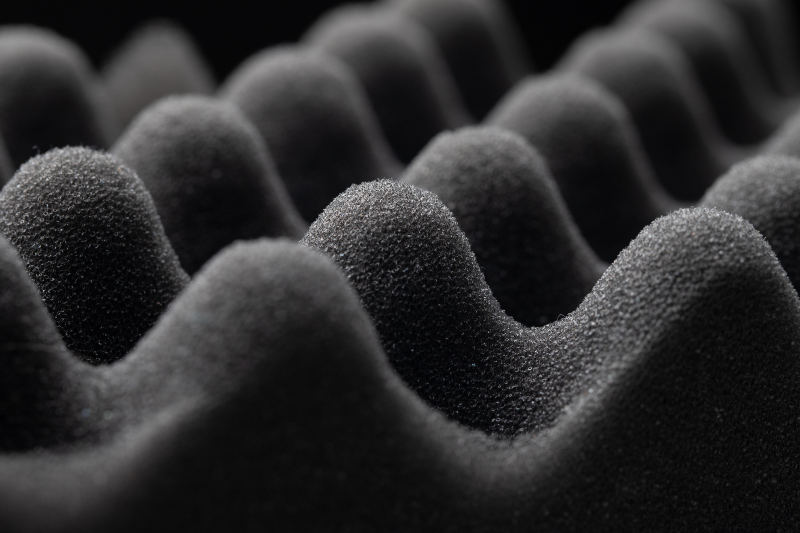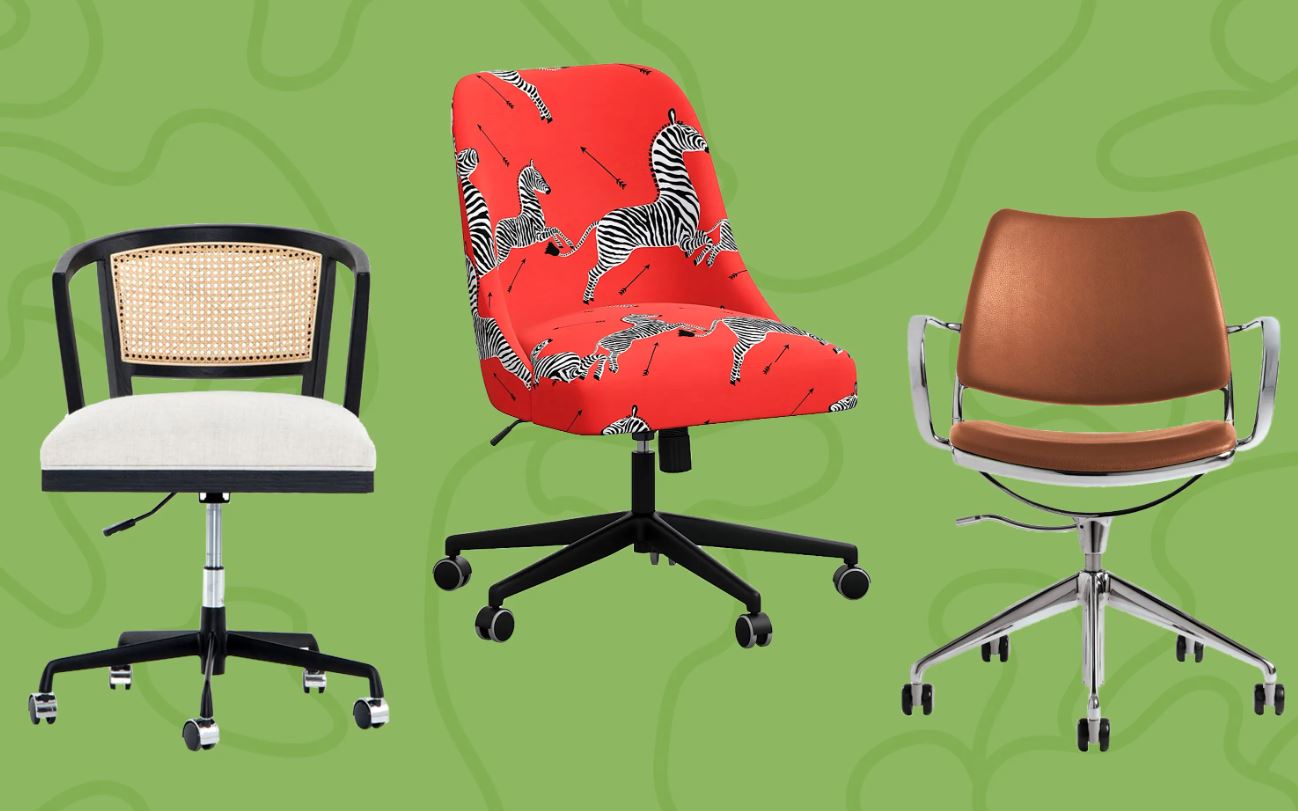Top 14 Best Fabric For Sound Dampening In 2024
Brandon Forder Apr 16, 2024 8:51 PM
Are you looking for the best fabric for sound dampening? If so, you've come to the right place! In this blog post, we'll explore the best fabric for sound dampening and take a look at the pros and cons of each type. Keep reading to learn more!

Compare Products
- SCORE8.4
- BrandHPKL9999
- Prime
Last update on 2024-04-16 / Affiliate links / Images, Product Titles, and Product Highlights from Amazon Product Advertising API
What to look for in a good fabric for sound dampening.
When choosing the best fabric for sound dampening, you will want to look for a fabric that is thick. A thicker fabric will absorb more sound than a thin fabric. You will want to find a fabric that is thick but not excessively heavy.
You will also want to find a fabric that is resilient. A resilient fabric is one that doesn't easily stretch. A fabric that is too stiff is not a desirable fabric for sound dampening.
You will want to consider your fabric's color. A dark fabric will absorb more sound than a light fabric.
Finally, you will want to find a fabric that is fire resistant. A flame retardant fabric is, obviously, a fabric that does not easily catch fire. It is preferable to use a flame resistant fabric than a flame proof fabric.
To which rooms should soundproofing fabrics be used, and what are they used for?
Sound can transfer through all kinds of materials. The best sound dampening fabrics are those that can block out the sounds that leak through walls, ceilings, floors, and windows.
Acoustic fabrics are most popular in home theaters. They are often used to turn small, enclosed rooms into home theaters without expensive acoustic treatments. Since the materials have a sound-blocking ability, they can be installed in walls and ceilings to block sound transfer.
Some people prefer to install acoustic fabrics directly over windows to block sound. They choose this method because it prevents direct sunlight from shining through, which provides a more comfortable viewing experience
Soundproofing fabrics aren't limited to home theaters. They can also be used to block noise transfer in office buildings, music studios, bedrooms, and anywhere else that sound needs to be blocked.
What are the best types of fabrics for soundproofing?
There are a number of different fabrics that can be used to soundproof an area. Here are some of the best fabrics for soundproofing:
Cotton: One of the most common fabrics used for soundproofing is cotton. Cotton is a natural fiber, which makes it a good choice for soundproofing because it is able to block noise and vibrations.
Vinyl: Vinyl is a popular soundproofing material because it is a synthetic fiber that can block noise and vibrations. Vinyl is also a renewable resource, which is beneficial because it conserves resources.
Polyester: Polyester is a popular choice for soundproofing because it is a synthetic fiber that is able to block noise and vibrations. Polyester is also a renewable resource, which is beneficial because it conserves resources.
Blend fabrics: Blending different types of fabrics together can create a soundproofing fabric that is able to block noise and vibrations. This is a more complicated process than simply using one type of fabric, but the end result is a more effective soundproofing fabric.
Ideas for installing soundproofing fabrics.
If you're looking for soundproofing fabric, there are many options for you to choose from. Whether you're building your own home or trying to improve the sound in an existing one, you should consider the benefits of soundproofing fabric.
Below are a few ideas for using soundproofing fabric.
Blocking Noise with Curtains: If you want to block the noise coming from outside, consider installing curtains made of soundproof fabric.
Blocking Noise with Upholstery Fabric: Upholstery fabric is a popular choice among homeowners because it can easily be installed in your own home.
Blocking Noise with Acoustic Tile: Acoustic tile works well for blocking noise on walls or ceilings.
Blocking Noise with Carpet: It's important to remember that carpets, while great for sound absorption, are not super soundproof.
How to soundproof any room with soundproofing fabrics.
Soundproofing can be a significant challenge.
However, there are a variety of ways for soundproofing any room.
Before evaluating your options for soundproofing, it is important to understand the different options of soundproofing materials and their pros and cons.
Fabric:
Fabrics are made from fibers that are weaved together to form a heavy, thick material. The density and weight of the material will block sound from traveling. However, fabrics are thin, so they do not block sound as well as some of the other options that are available.
Wood:
Wood is dense and thick. It does a great job of blocking sound from traveling. However, wood is heavy and it adds significant weight to any space.
Foam:
Foam is light and easy to work with. It can be cut to the exact size of the room and can be glued or screwed into place. However, foam is not very dense and it does not block sound as well as some other options.
Acoustic Foam:
Acoustic foam is the best sound barrier. It blocks sound 25 times more effectively than fabric. However, acoustic foam is heavy and thick. It is not easy to work with.





























